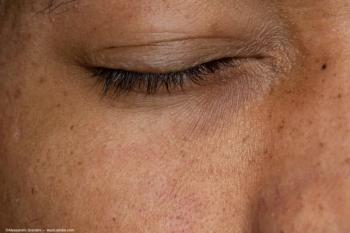
Hydrophilic acrylic shows stability
A new microincision IOL (MI60 Micro Incision IOL, Bausch & Lomb) can be implanted easily through a 2-mm incision. Clinical results of one study indicate that the IOL has good stability and efficacy and seems to reproduce the results obtained with hydrophilic acrylic IOLs designed for implantation through a 3-mm incision.
Key Points
The lens is made of hydrophilic acrylic and is 10.5, 10.7, or 11 mm in length with a 5.6-, 6.0-, or 6.2-mm optic. It has a square-edge design and a special four-loop haptic design to reduce thickness and increase rigidity once implanted using a 1.8-mm cartridge.
The IOL powers range from 10 to 30 D. The lens is neutral aspheric with the aim of not inducing any spherical aberration when implanted into the eye.
The implanted lenses were 20 to 26 D in power. Overall, the experience with this lens was very good, said Dr. Bellucci, who reported that the IOL was easy to load into the cartridge.
Once implanted, the lenses were rotated to ensure perfect positioning, and the viscoelastic was aspirated, even from behind the lens optic. This maneuver was easy to perform, even with the presence of the four loops, Dr. Bellucci said.
The mean incision at the end of surgery, 2.08 ±0.08 mm, was very similar to the pre-implantation size of 2.04 ±0.09 mm. Incision enlargement during implantation was not observed, but the surgeons did not try to use incisions narrower than 2 mm.
Regarding the anterior/posterior IOL stability during the first month after implantation, all patients had refraction variations that were less than 1 D, and they were observed only during the first postop month.
Refraction variations and the number of patients in each range were as follows:
All of the lenses were centered within 0.5 mm in relation to the corneal limbus.
"IOL stability is a concern with microincision IOLs, and we were glad to observe how stable this lens is after proper in-the-bag implantation," Dr. Bellucci said.
Spherical-induced aberrations and coma were close to 0, he said, and the same aberration profile was seen for the cornea and the eye. Therefore, the optical quality as measured by aberrations was good.
Newsletter
Don’t miss out—get Ophthalmology Times updates on the latest clinical advancements and expert interviews, straight to your inbox.


















































.png)


